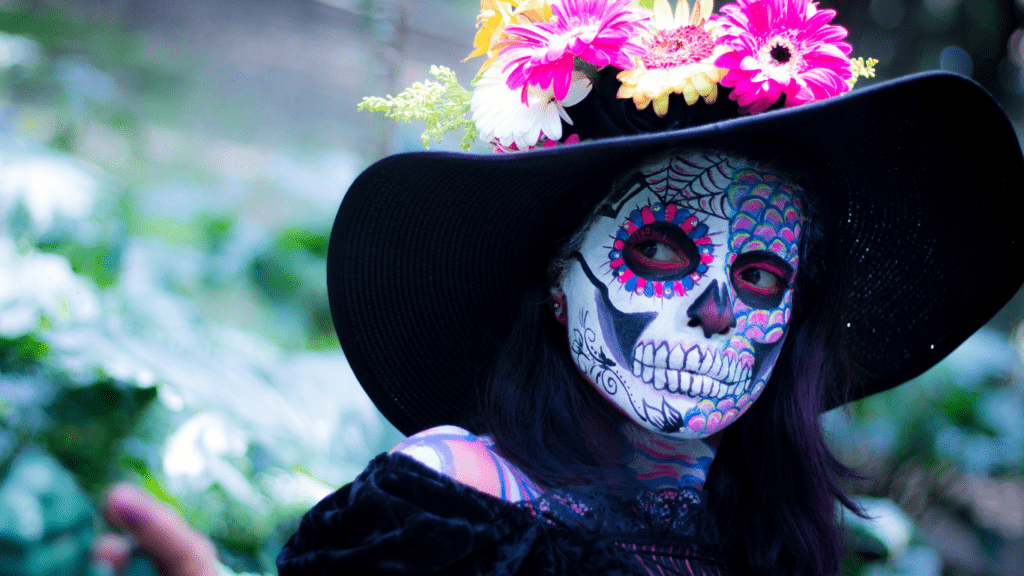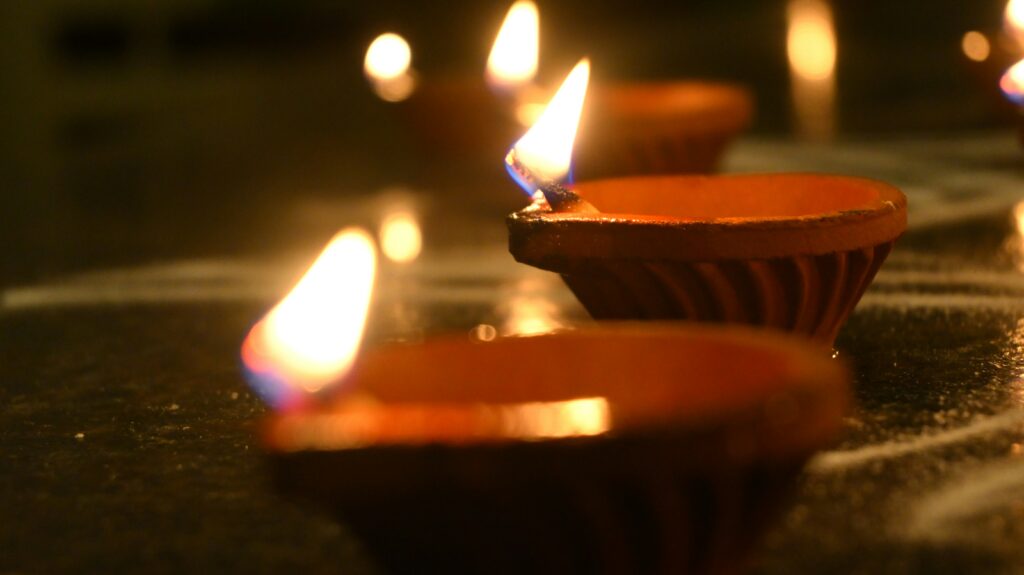Exploring the vibrant and rich traditions of Mexico’s Day of the Dead is a fascinating journey into a unique cultural celebration. As I delve into this comprehensive guide, I’ll share insights and tips on how this annual event honors ancestors and embraces the cycle of life and death. From the colorful altars adorned with marigolds to the delicious traditional foods like pan de muerto, this article will immerse you in the beauty and significance of this deeply rooted Mexican tradition.
Join me as I uncover the symbolism behind the iconic sugar skulls, elaborate parades, and heartfelt gatherings that define the Day of the Dead. Through this guide, I’ll provide a glimpse into the customs, beliefs, and practices that make this celebration a cherished and meaningful part of Mexican heritage. Get ready to discover the magic and reverence of Mexico’s Day of the Dead like never before.
History and Origins of Day of the Dead
I’ll delve into the historical background and beginnings of the Day of the Dead in Mexico.
Pre-Hispanic Roots
The Day of the Dead has deep roots in pre-Hispanic civilizations, particularly among the Aztec, Toltec, and Nahua people. These indigenous groups held rituals honoring their deceased ancestors, believing that death was a part of the human journey and not the end of life. Offerings of food, flowers, and possessions were made to guide the spirits back to the world of the living for a brief reunion.
Spanish Influence and Syncretism
With the arrival of the Spanish conquistadors in the 16th century, Catholicism intertwined with indigenous traditions, giving rise to the modern celebration of the Day of the Dead. All Saints’ Day (November 1st) and All Souls’ Day (November 2nd) merged with the indigenous festivities, creating a unique blend of religious and cultural practices. This syncretism is evident in the incorporation of Catholic elements such as altars, candles, and crosses into the pre-existing rituals of honoring the dead.
Significance of the Celebrations
- Honoring the Departed
I’d like to emphasize the importance of honoring the departed during Mexico’s Day of the Dead celebrations. It’s a time-honored tradition where families gather to remember and pay homage to their loved ones who have passed away. The belief is that the spirits of the deceased come back to visit their families during this period, creating a special connection between the living and the dead. It’s a way to show respect and keep the memory of ancestors alive through various customs and rituals. - The Role of Altars and Offerings
Altars and offerings play a crucial role in the Day of the Dead celebrations. Families construct elaborate altars at home or in cemeteries adorned with marigold flowers, candles, photos of the deceased, and their favorite foods and drinks. These altars, known as “ofrendas,” serve as a welcoming space for the spirits of the departed, guiding them back to the world of the living. The offerings placed on the altars are believed to nourish and comfort the souls of the deceased during their brief return. It’s a beautiful way to show love, respect, and remember the departed with fondness and reverence.
Traditional Symbols and Their Meanings
Exploring the traditional symbols associated with Mexico’s Day of the Dead offers profound insights into the rich cultural tapestry of this celebration. From Calaveras and Catrinas to Marigolds and Papel Picado, each element carries significant meaning, reflecting the deep-rooted beliefs and practices of this commemoration.
Calaveras and Catrinas

Calaveras, commonly known as sugar skulls, are iconic symbols of Day of the Dead festivities. These intricately decorated edible treats are crafted with sugar, icing, and vibrant colors, often inscribed with the names of deceased loved ones. Catrinas, elegantly dressed skeleton figures, symbolize the blend of European fashion and pre-Hispanic beliefs. They serve as a reminder of the cycle of life and death, embodying the idea that death is an integral part of existence.
Marigolds and Papel Picado
Marigolds, known as cempasúchil in Spanish, play a vital role in Day of the Dead celebrations. These bright orange flowers are believed to attract spirits with their vibrant color and strong scent, guiding them to the offerings and altars. Papel Picado, intricately cut paper banners, adorn streets and altars during this time. Each delicate design tells a story, representing the fragile yet beautiful nature of life and death intertwined.
Exploring these traditional symbols provides a deeper understanding of the spiritual and cultural significance behind Mexico’s Day of the Dead, emphasizing the reverence and connection shared between the living and the deceased during this poignant celebration.
Typical Foods and Recipes
I enjoy exploring the culinary delights of Mexico’s Day of the Dead celebration. From the iconic Pan de Muerto to the hearty Tamales and comforting Atole, these traditional foods play a vital role in honoring the departed and embracing cultural heritage.
Pan de Muerto
Pan de Muerto, or Bread of the Dead, is a sweet bread deeply rooted in the Day of the Dead tradition. Shaped like a round loaf with crossbones on top, this delicacy symbolizes the circle of life and death. The orange blossom aroma and sugary coating make it a delightful treat, often enjoyed with hot chocolate or atole.
Tamales and Atole
Tamales are a staple dish during Day of the Dead festivities. These savory treats consist of masa (corn dough) filled with various ingredients like meats, cheeses, or chilies, wrapped in corn husks, and steamed to perfection. Atole, a warm and creamy drink made from corn masa, milk, and flavored with cinnamon or vanilla, pairs perfectly with tamales, creating a comforting and flavorful combination.
Regional Variations in Mexico
In Oaxaca, Day of the Dead celebrations are vibrant and deeply rooted in indigenous traditions. The locals create elaborate altars adorned with colorful flowers, candles, and photographs of the deceased. One unique custom in Oaxaca is the creation of sand tapestries called “Tapetes,” which display intricate designs using colored sands.
In Michoacán, the festivities are known for their elaborate grave decorations. Families spend nights at the cemetery, keeping their departed company with music, food, and stories. A notable tradition in Michoacán is the “Noche de Muertos,” where people gather to pray and sing to honor their loved ones. Additionally, the region is famous for its handcrafted Catrina dolls, a symbol of the Day of the Dead.
Day of The Dead Festivities Today
As I delve into the current observations of the Day of the Dead traditions in Mexico, I witness a vibrant tapestry of modern and customary elements interwoven seamlessly.
Public Parades and Private Gatherings
In today’s Mexico, the Day of the Dead festivities encompass a blend of public parades filled with color and exuberance, along with intimate private gatherings that honor the deceased. These parades, filled with intricately decorated skulls and lively music, offer a spectacle for both locals and tourists to witness the richness of Mexican culture. On the other hand, private gatherings allow families to come together, share stories of their departed loved ones, and partake in traditional rituals that strengthen familial bonds and honor the memories of those who have passed.
UNESCO Recognition and Global Impact
The UNESCO recognition of Mexico’s Day of the Dead as an Intangible Cultural Heritage of Humanity has catapulted this traditional celebration onto the global stage. With its profound symbolism and cultural significance, the Day of the Dead has transcended borders, captivating people worldwide and fostering a deeper appreciation for Mexican traditions and beliefs. This global impact is evident in the growing interest and participation in Day of the Dead events beyond Mexico, showcasing the universal appeal of honoring and remembering the departed in a festive and meaningful manner.


